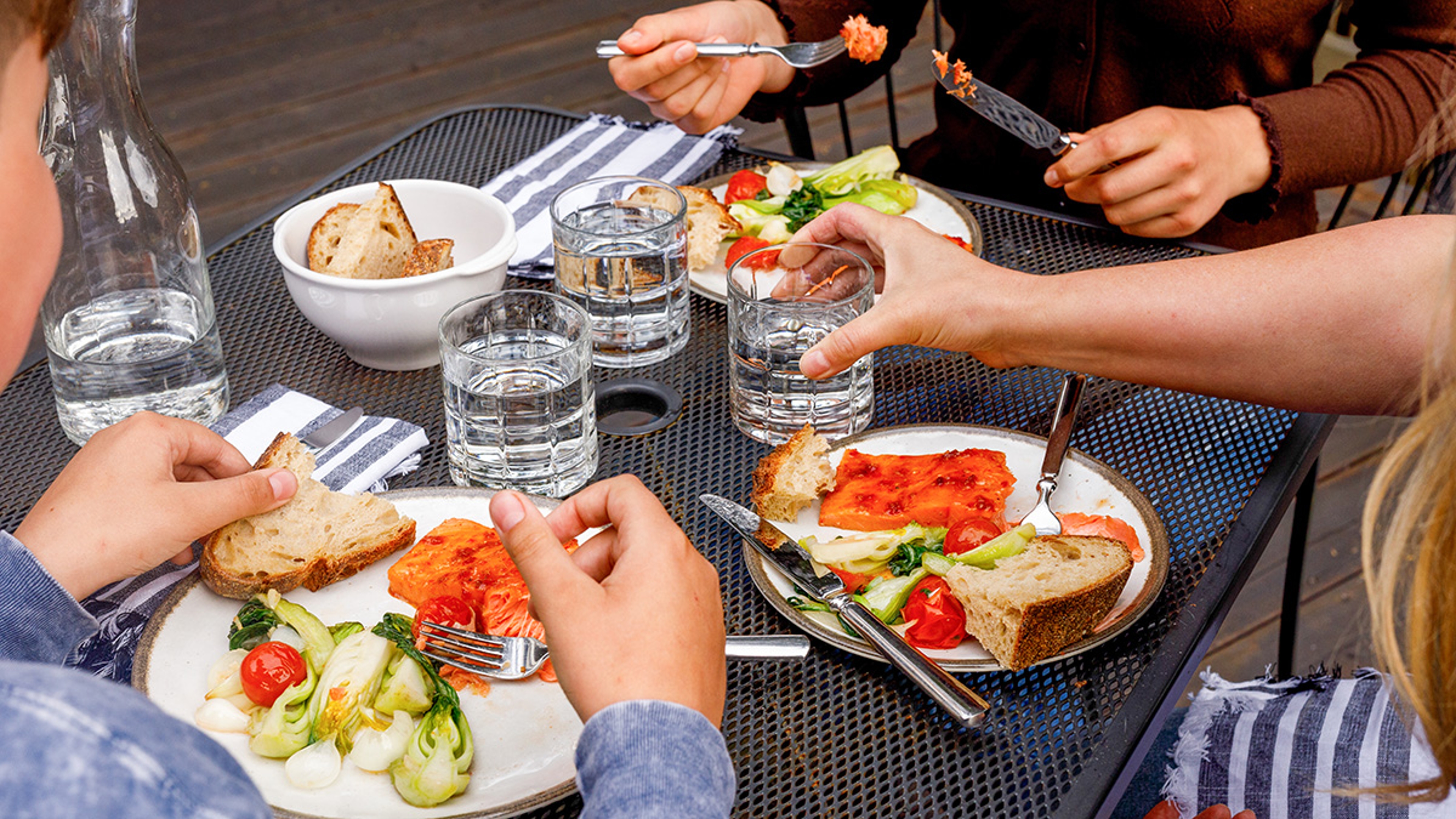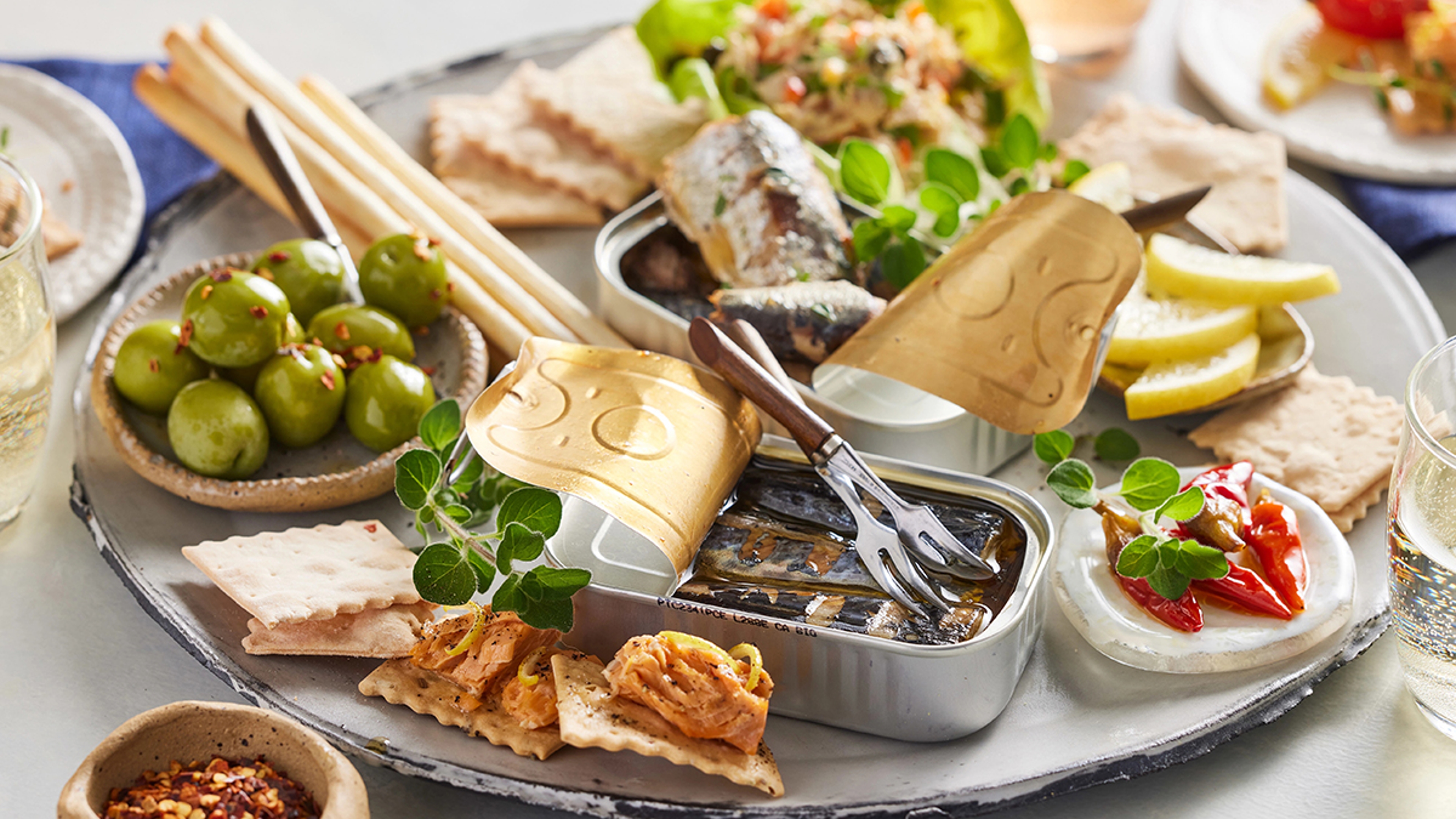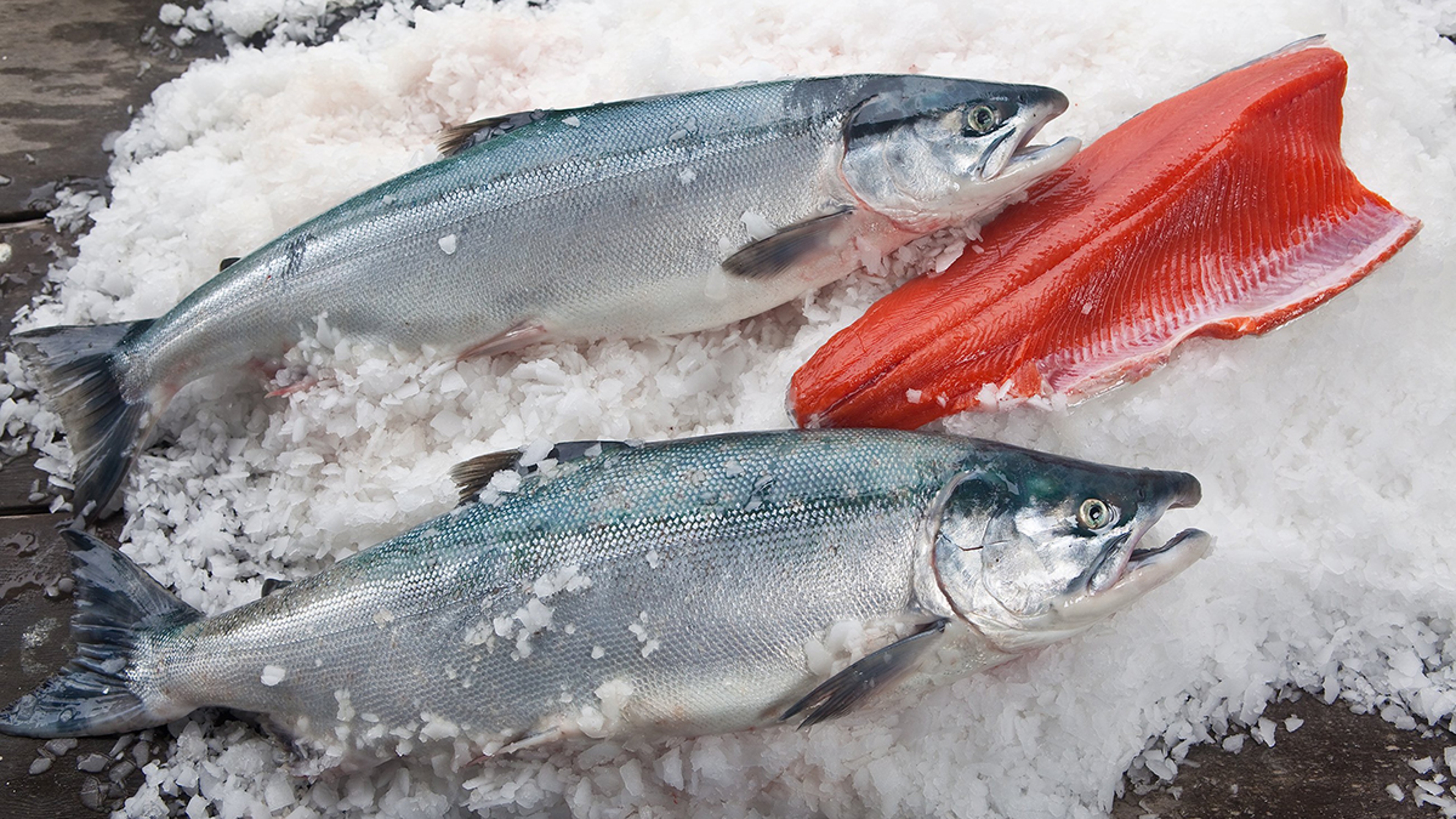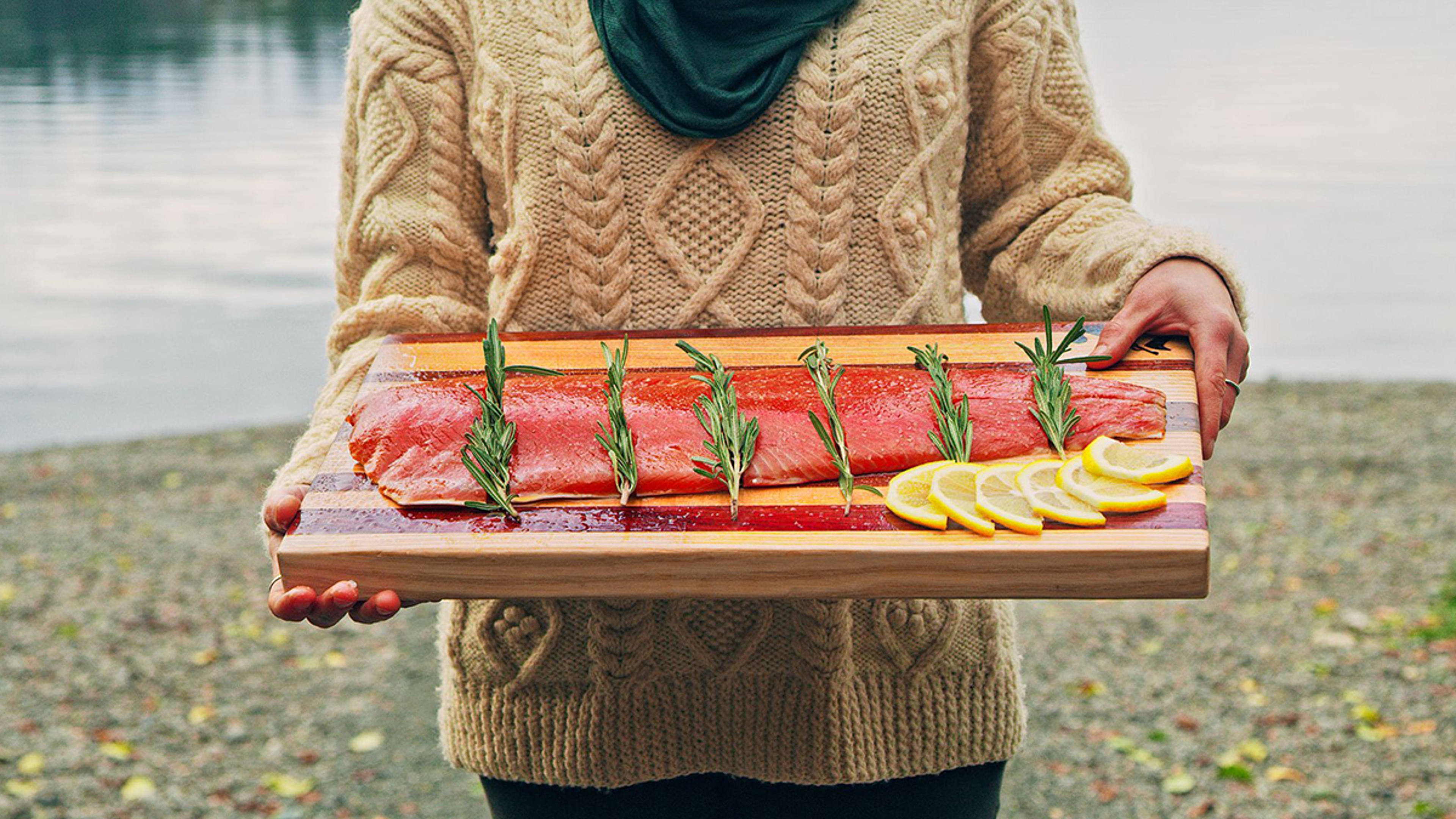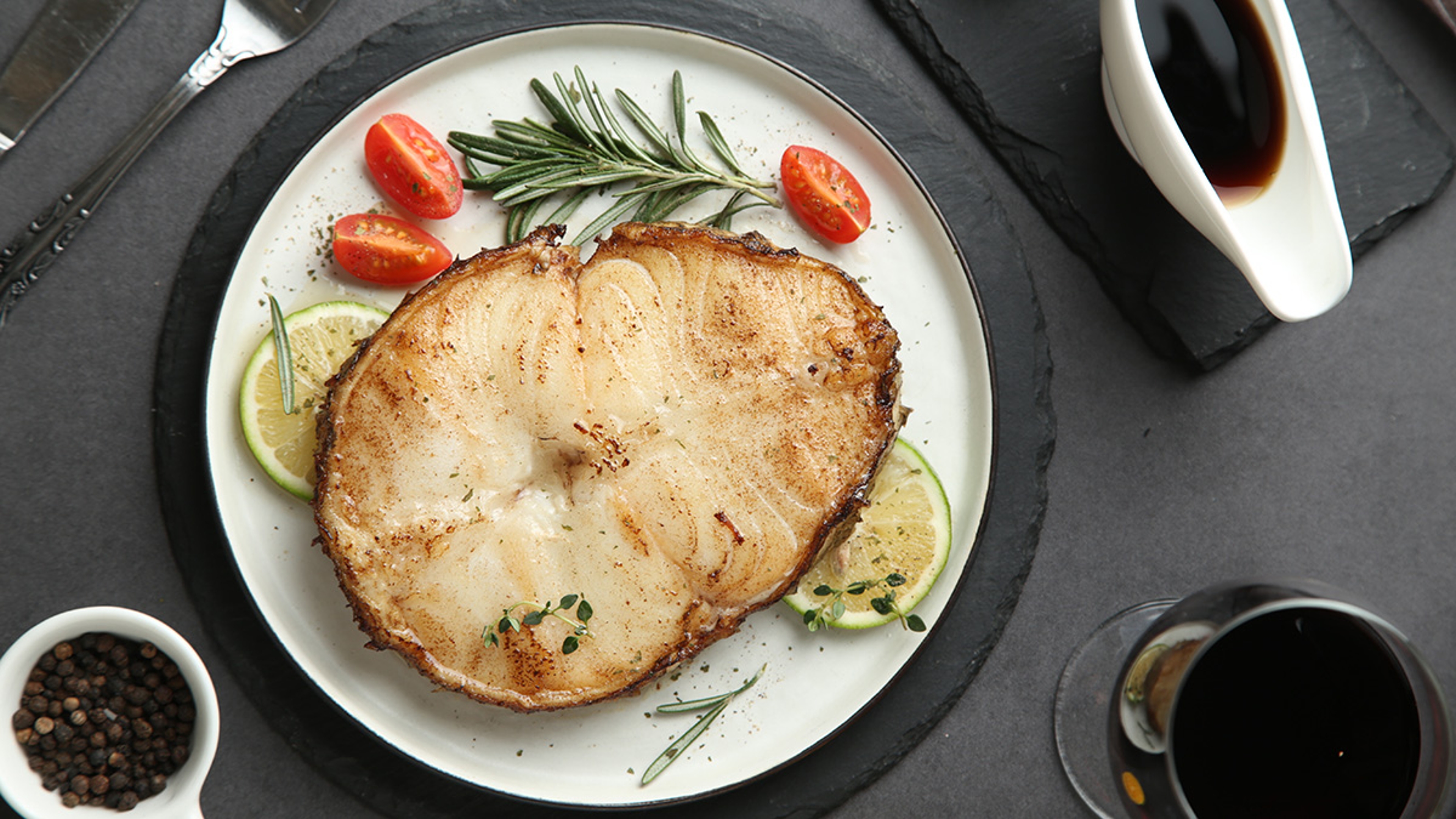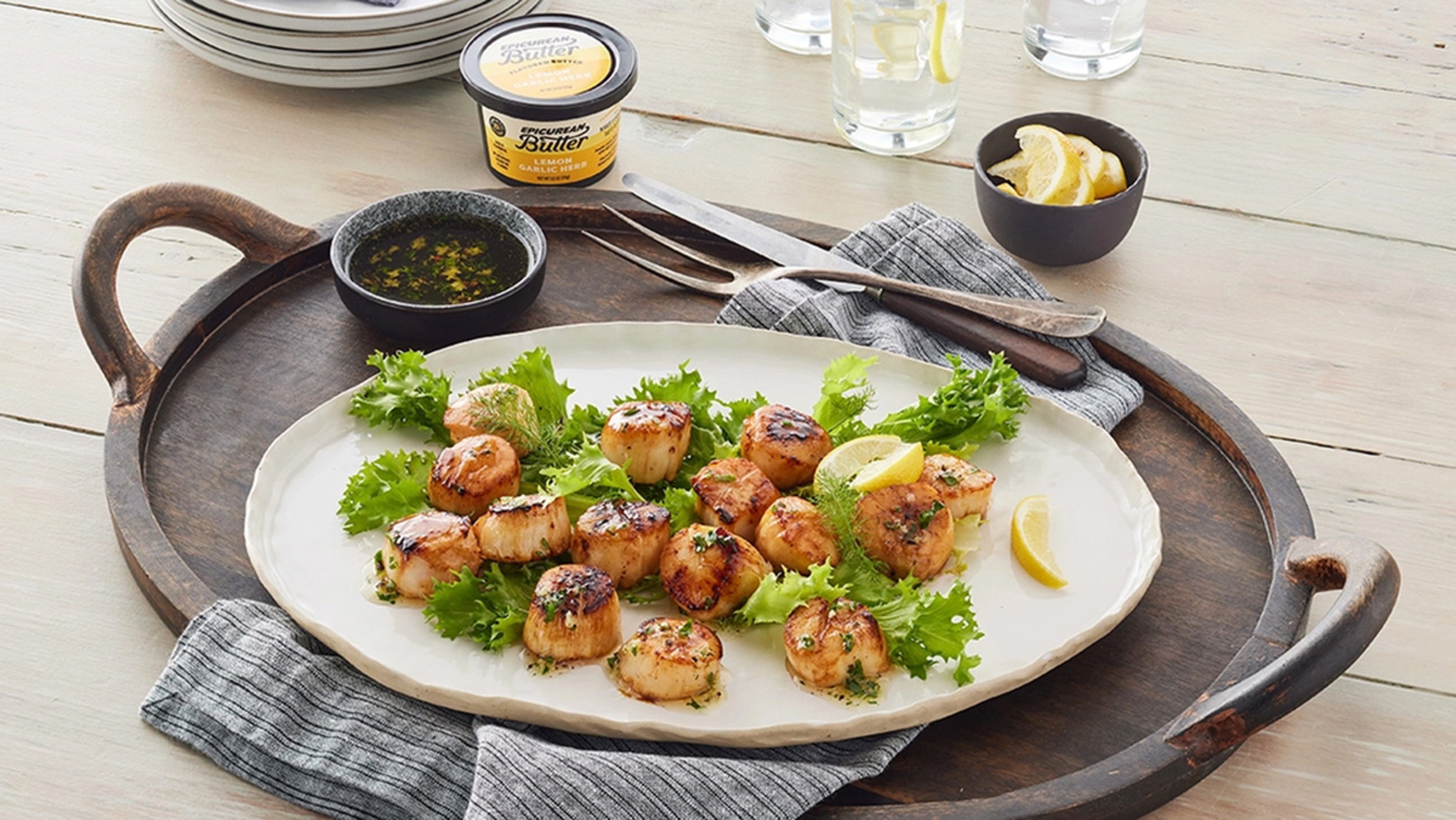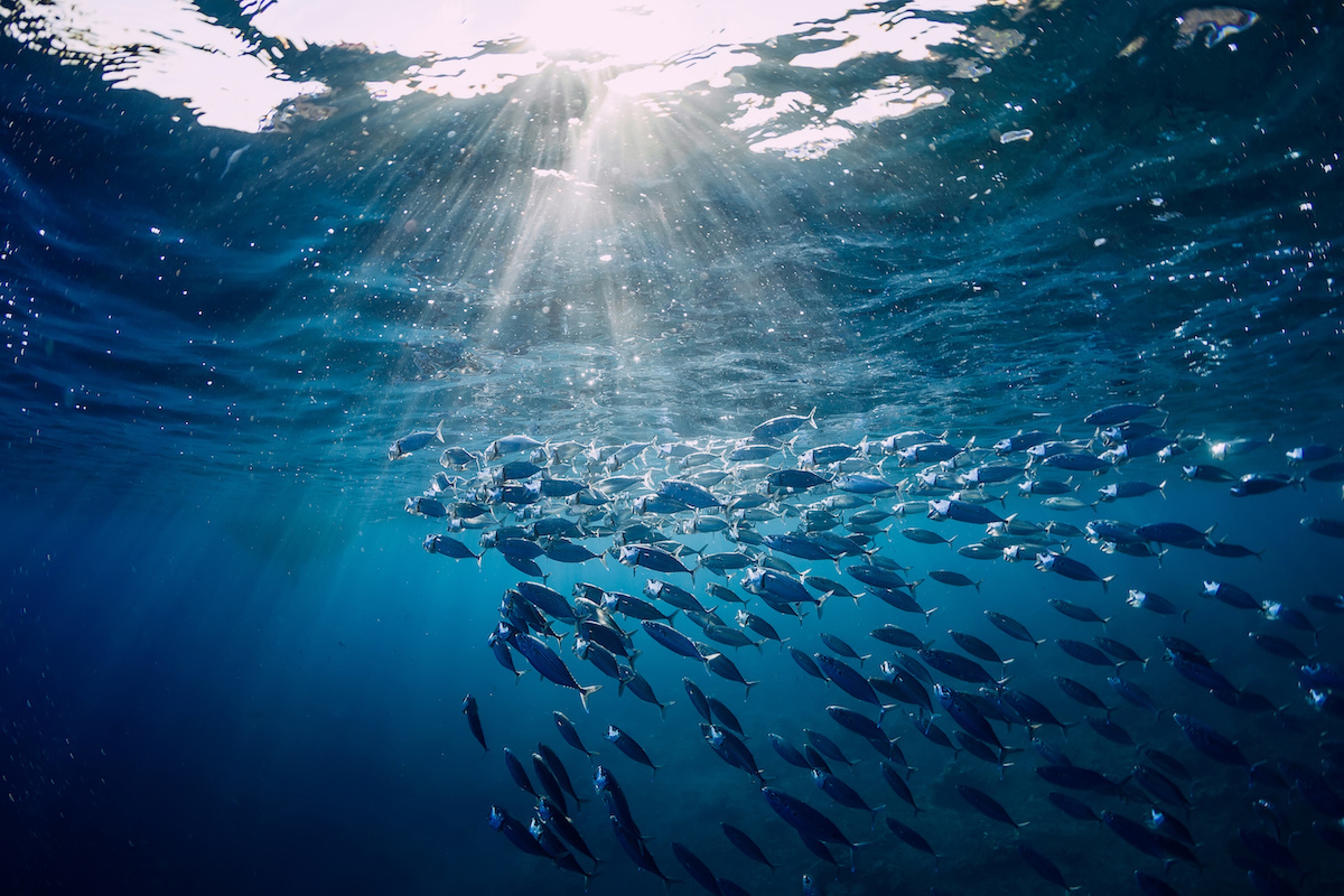October’s Featured Catch: Wild Alaskan Coho Salmon
Reel in the tastiest, and perhaps most sustainably caught fish, in Alaska.
Sep 18, 2025
Busy Alaska fishermen don’t normally have free time to attend parties and gala events, but Norm Pillen and many of his colleagues recently made an exception. The president of Seafood Producers Cooperative (SPC) presided over his organization’s 80th anniversary celebration in August, gathering employees and members of the co-op — people responsible for catching and processing wild Alaskan seafood such as coho salmon.
They had good cause to celebrate, even if it meant taking a break from fishing during the early part of coho season. The organization continues to provide jobs to the community while making wild Alaskan seafood accessible to those of us in the Lower 48. That includes this month’s featured catch, coho salmon, the “historic and iconic” hook-and-line fishery, in Pillen’s words.
On a video call from the SPC processing facility in Sitka, Alaska, which is only accessible by boat or plane (that must be a fun commute!), Pillen attributes the organization’s resilience to the “mom-and-pop family operations” that make up SPC’s troll fleet.
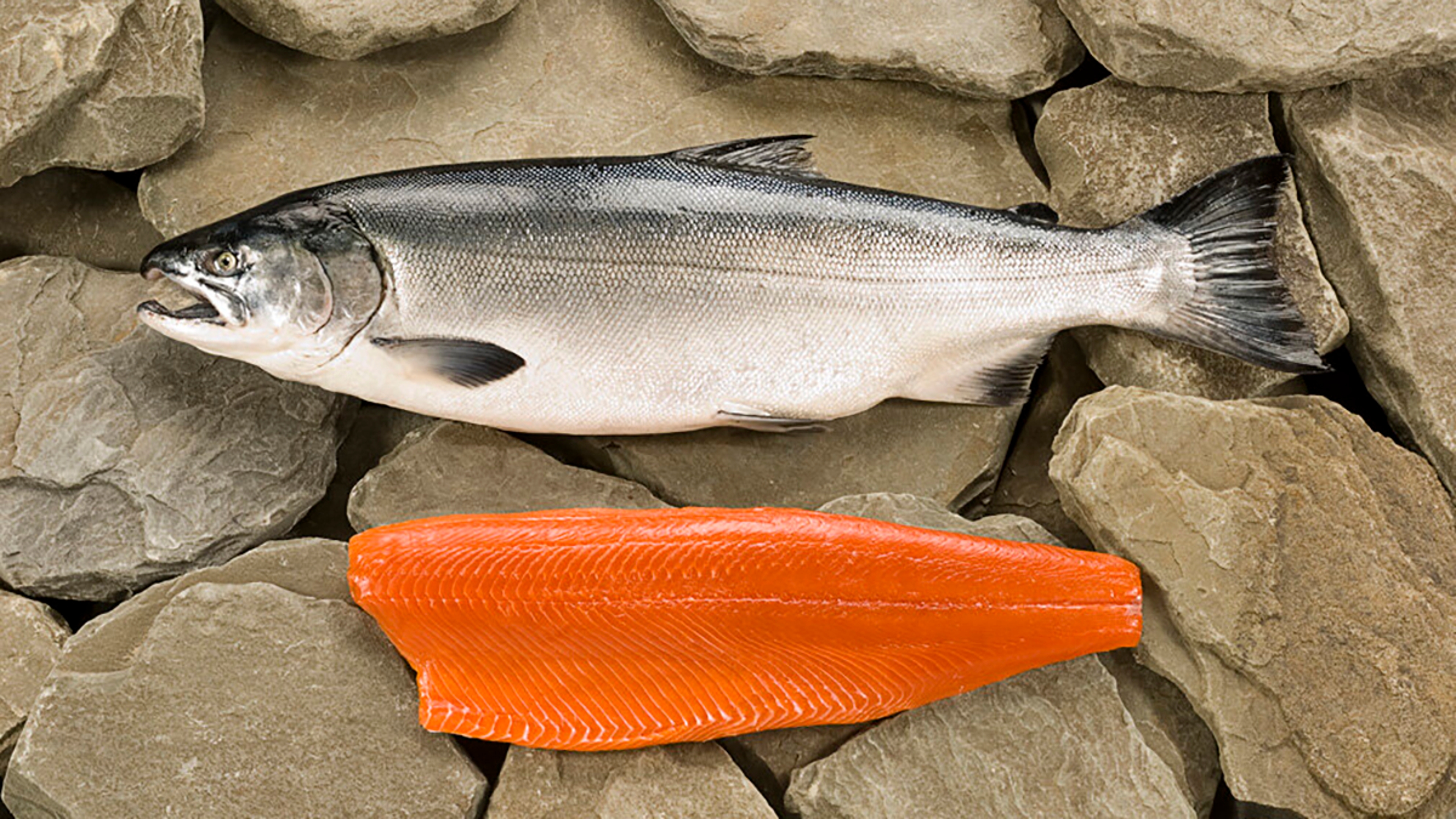
Every coho season, about 200 vessels, about 20 to 30 feet each, with crews of just one or two, depart from Sitka and other points in southeast Alaska to fish for coho in the Gulf of Alaska. The SPC coho fleet also includes vessels that are “FAS” or frozen at sea, which are slightly larger boats with crews of three or four. They have enough space on board to actually process and freeze the fish in a manner that is meant to ship directly to the customer as an ultra-high quality product without any further processing by the plant. The season runs from July until just past mid-September, and is “the bread and butter” for the troll fleet, according to Pillen.
Healthy organization, better quality fish
A multi-generational fisherman, Pillen bought his own boat at age 16 and fished for halibut but started trolling for coho not long after that. Now, as president of SPC, he oversees an operation with 380 members, built to ensure that fishing families with their own vessels can sell the fish they catch. The organization also represents a larger cooperative with access to production facilities and can negotiate fair prices on the open market.
For the consumer, this means buying wild-caught coho salmon from SPC ensures a high-quality product that is also part of a carefully managed supply chain. At a time when Alaska’s fishing industry is struggling with decreasing demand, lower prices and increased competition from overseas fisheries — which aren’t managed as carefully as Alaska’s — Pillen’s organization is “in good shape financially,” he says. “We’re in a better position than a lot of the much larger companies.”
How so? “We’re a small fish in a big pond when it comes to seafood processing,” he says. “What SPC focuses on is delivering the best product. Given the opportunity to catch fish on hook and line rather than in big nets and huge volumes gives us a better opportunity to provide high-quality coho salmon.”

Trolling vs. trawling
The Alaska wild seafood industry as a whole needs to do a better job of marketing its best-in-class fishing practices, Pillen insists. While industrial fishing often involves trawling, the SPC’s focus on trolling, or “one fish at a time,” as its website touts, results in a more sustainable, easily traced, and all around better coho product.
What’s the difference between trawling and trolling? “A trawler is generally a much larger vessel with a larger crew,” Pillen explains. “They tow what is essentially a giant sock through the water, made out of net, which scoops up fish as they pull it through the water.” When the sock is full, it’s pulled onboard and the fish are processed.
Trolling, on the other hand, is the hook-and-line fishing practiced by SPC’s vessels. The lines are outfitted with artificial lures rather than bait. The fishermen use what are called “coho spoons” and “flashers with hoochies” — an imitation squid with every color under the rainbow, Pillen says.
From sea to table
Coho salmon, oftentimes referred to as silver salmon for their silver skins, are native to the north Pacific Ocean, with a territory that stretches from Japan and Russia to Alaska and down the North American coastline to northern California. SPC has 50 to 60 trollers in California, Pillen says, though the fishery there has been stalled for the past two years due to conservation efforts.
There are no such concerns in Alaska, where there aren’t currently any quotas or limits for catching coho. The Alaska Department of Fish & Game monitors the population and can control the harvest with closures when necessary. SPC’s fleet fishes from Yakutat down to the Canadian border, Pillen says, adding, “It’s a huge area.”
Despite the distances, SPC has a five-day trip limit. The boats load up on ice at the Sitka facility before heading out to the fishing grounds. Once a fish is brought on board, it’s bled out and then put on ice within 30 minutes, according to Pillen. The vessels either return to Sitka to begin the processing or offload to tenders that meet the boats in harbors and buy the fish before bringing it to SPC’s facility.
SPC processes the coho as “H&G,” or headed and gutted (where the head and guts are removed but the fins and scales are left intact), or cut into fillets and portions, or canned, and sells to companies like Vital Choice.
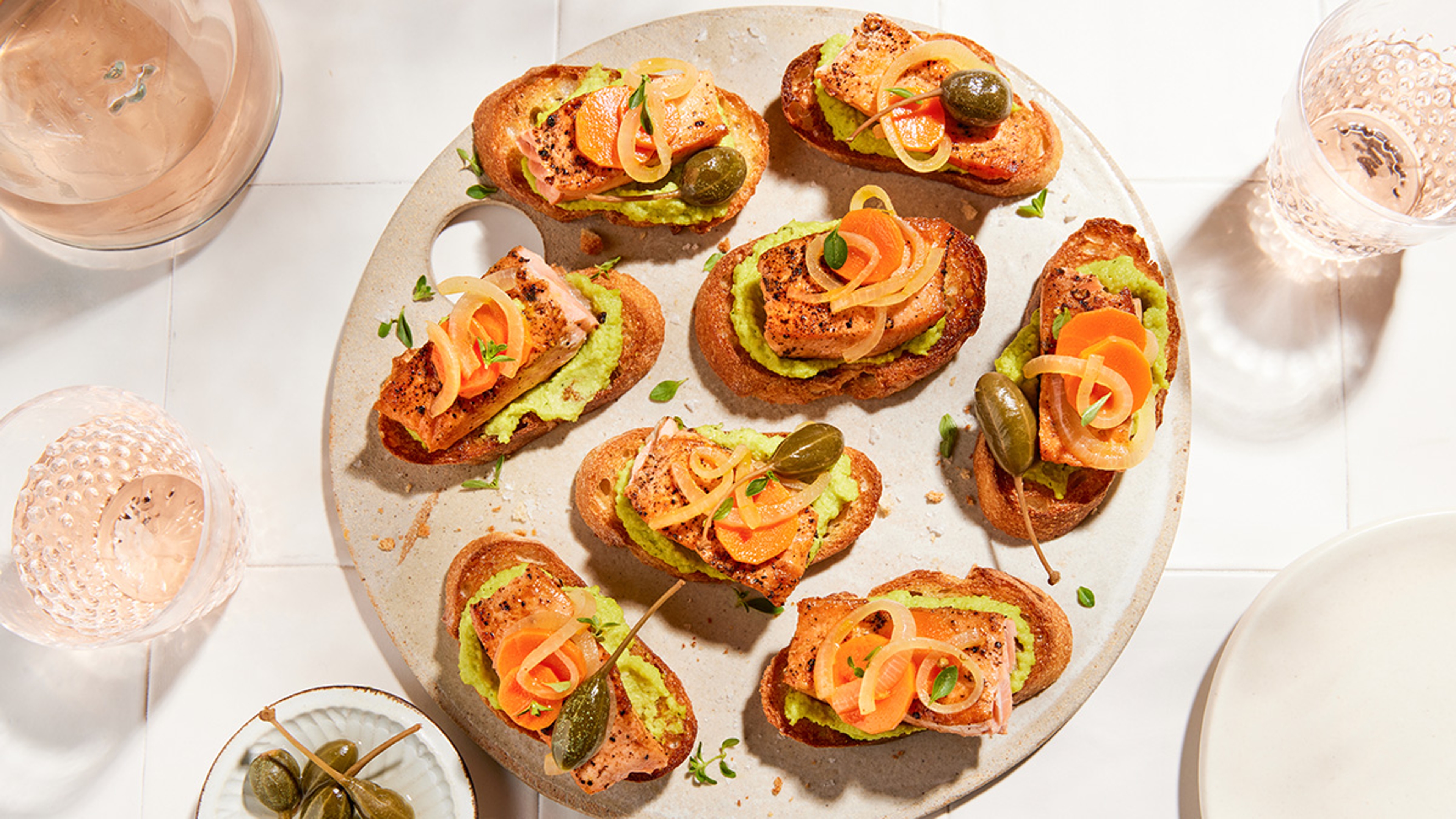
Taste the difference
Prized for mild flavor and versatility, coho offers a few differences and advantages from other species of salmon, such as King and Sockeye. Coho salmon offer a nutritious, lean protein. Coho are higher in vitamins D and B-12, with slightly less oil. This means they have fewer omega-3s but are still recommended for heart health and contain nearly as much protein per serving as other types of salmon.
They can be prepared in myriad ways. Pillen says he enjoys grilling coho salmon, seasoning it, and adding fresh dill and olive oil. He cautions against overcooking coho due to its lower fat content compared to more oil-rich Sockeye or King: “You just want to cook it until it’s barely done,” he says.
Other favored preparations for cooking coho fillets or portions include poaching — simmered in liquid like white wine and lemon juice, for instance — for about five to eight minutes, depending on thickness. It can also be pan-seared, or baked and finished under the broiler (with the skin-side up).
Because it has a more neutral flavor than wild King or Sockeye salmon, coho pairs well with many white wines, rosés, and lighter- to medium-bodied reds, such as an Oregon pinot noir.

